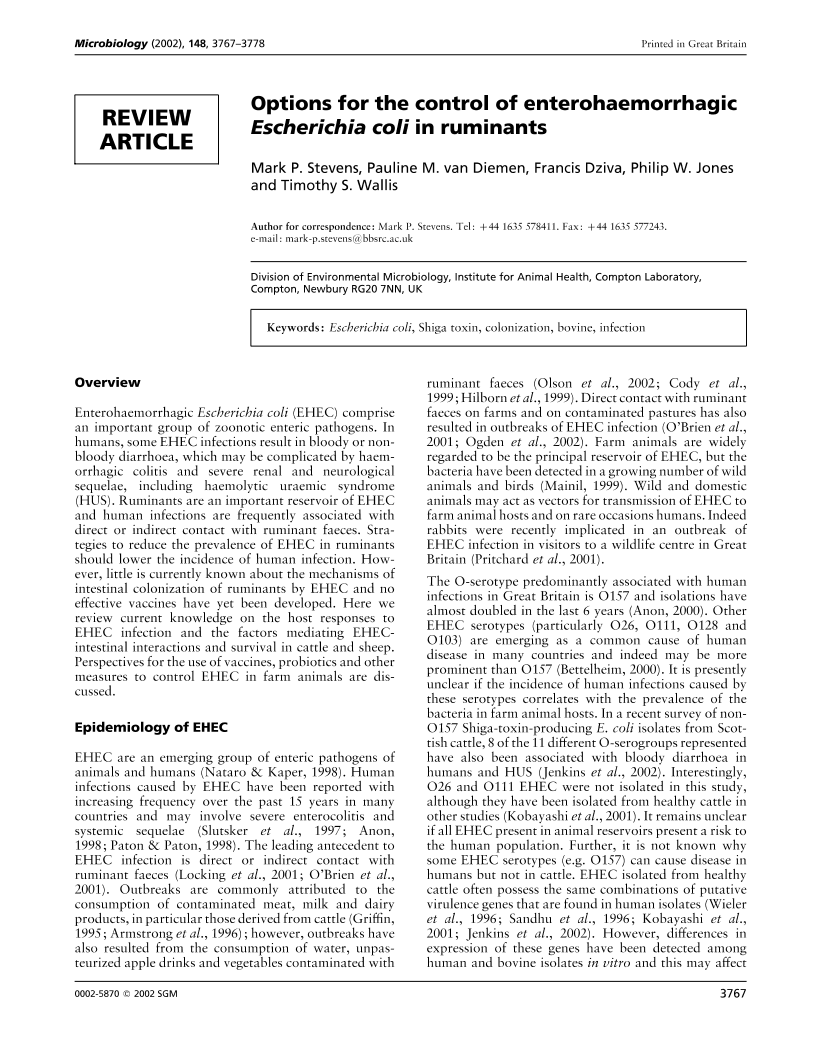
Full text loading...

Options for the control of enterohaemorrhagic Escherichia coli in ruminants, Page 1 of 1
< Previous page | Next page > /docserver/preview/fulltext/micro/148/12/1483767a-1.gif
There is no abstract available.

Article metrics loading...

Full text loading...
References


Data & Media loading...
